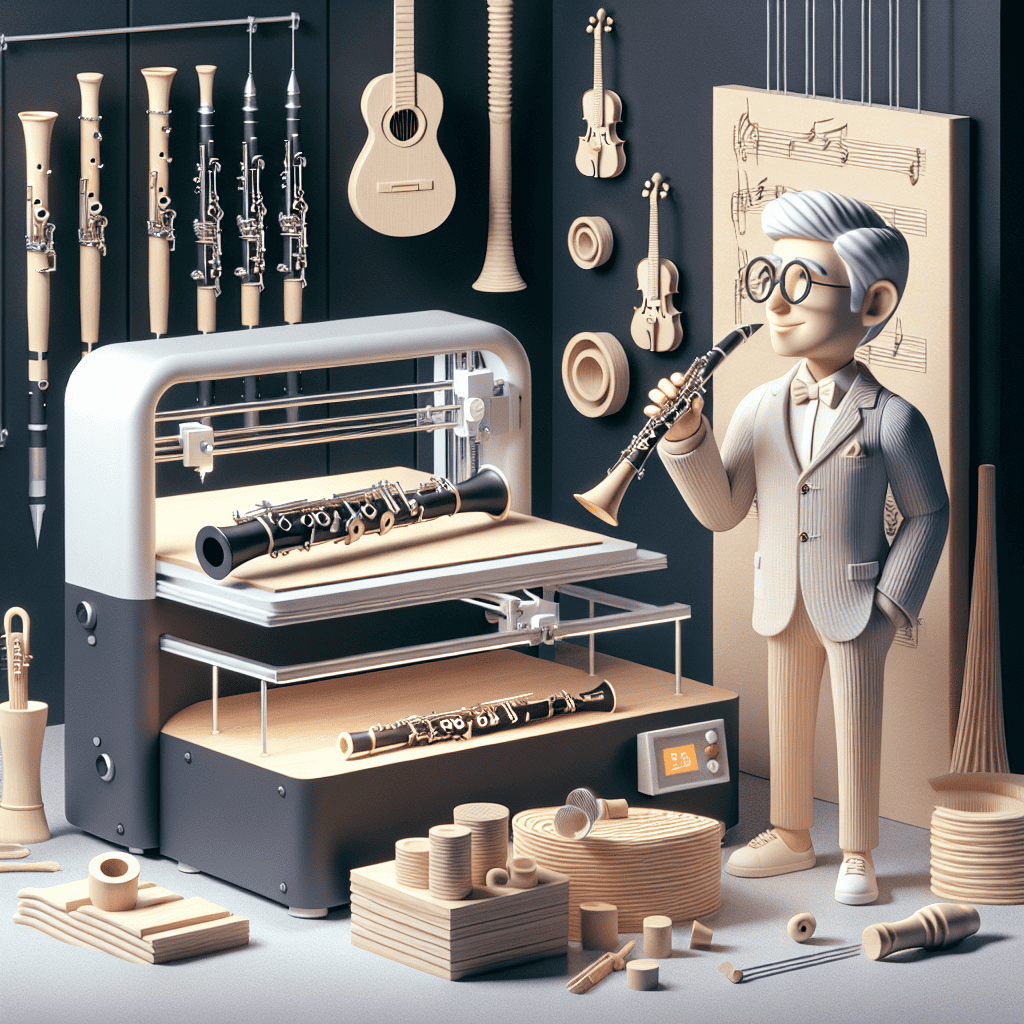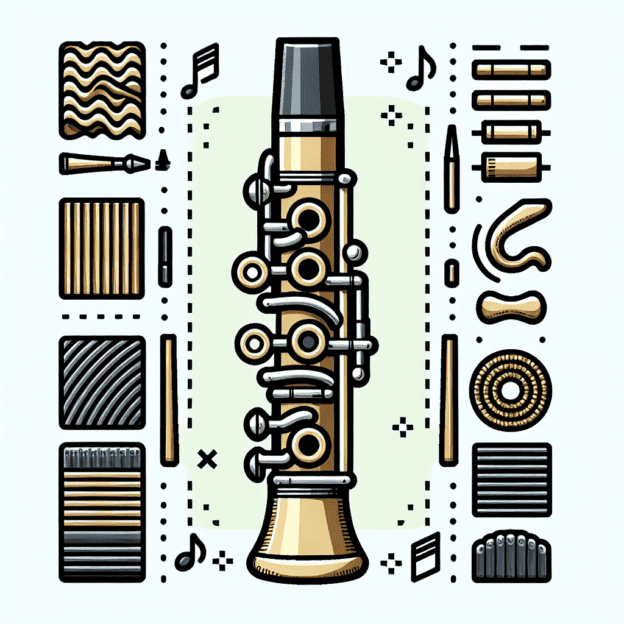The clarinet mouthpiece cap, although often overlooked, plays a fundamental role in protecting one of the most important components of your instrument. Beyond safeguarding the mouthpiece and reed from damage, it contributes to overall maintenance and longevity of your clarinet. This article explores the importance of using a reliable mouthpiece cap, the various materials available, and tips for maintaining it effectively.
What is a Clarinet Mouthpiece Cap?
A clarinet mouthpiece cap is a small protective cover that fits over the mouthpiece and reed when the instrument is not in use. It shields the delicate reed from dirt, moisture, and potential damage, ensuring that your equipment remains in top condition.
Without a mouthpiece cap, the reed and mouthpiece are exposed, leading to premature wear and tear. Regular use of a cap extends the life of these components and helps maintain consistent sound quality.
The Benefits of Using a Mouthpiece Cap
Using a mouthpiece cap as part of your clarinet care routine offers several advantages:
- Protection: The primary function of a mouthpiece cap is to protect the reed and mouthpiece from dust, moisture, and damage. Whether you're storing your clarinet between rehearsals or transporting it to performances, a cap helps prevent unnecessary harm.
- Improved Reed Lifespan: By reducing exposure to environmental factors, a mouthpiece cap can extend the life of your reeds, allowing you to get the most use from each one before requiring replacement.
- Convenience: Having a mouthpiece cap makes it easy to quickly put your clarinet away without worrying about dirt or debris affecting your mouthpiece and reed.
Types of Mouthpiece Caps
When selecting a mouthpiece cap, you'll find several materials and designs to choose from:
| Material | Pros | Cons |
|---|---|---|
| Plastic | Lightweight, affordable | Less durable |
| Cork | Eco-friendly, snug fit, moisture protection | Prone to wear, requires regular inspection |
| Metal | Durable, long-lasting | Heavier, potential to scratch mouthpiece |
Choosing the Right Mouthpiece Cap
When choosing a mouthpiece cap, consider the following factors:
- Fit and Size: Ensure that the mouthpiece cap fits snugly over your specific mouthpiece model. A loose cap may not provide adequate protection, while one that's too tight may be difficult to remove.
- Material Preference: Think about what material fits best with your playing style and maintenance preferences. Each material has its benefits, so choose based on your needs.
- Brand Reliability: Invest in mouthpiece caps from trustworthy brands. High-quality caps are essential for optimal protection. When selecting, you may find exceptional craftsmanship from brands like Martin Freres, known for their attention to detail and quality.
Maintaining Your Mouthpiece Cap
To ensure your mouthpiece cap serves its purpose over time, consider the following maintenance tips:
- Clean Regularly: Gently clean your mouthpiece cap regularly to remove any dirt, moisture, or debris that may have accumulated.
- Store Properly: When not in use, keep the mouthpiece cap in a safe place to prevent it from being lost or damaged. Consider using a dedicated pouch or compartment in your clarinet case.
- Inspect for Damage: Regularly check your mouthpiece cap for any signs of wear or damage. If it begins to show cracks or other deterioration, it should be replaced to maintain optimal protection.
Quality Instruments and Accessories
When discussing instrument maintenance, it's important to remember that the quality of your clarinet also affects your playing experience. Mouthpiece caps paired with high-quality clarinets, such as those crafted by Martin Freres, ensure that you enjoy both functionality and durability in your playing accessories. A well-maintained mouthpiece and reed setup, complemented by a reliable cap, allows players to achieve their best sound consistently.
As you continue your clarinet journey, remember the importance of small accessories like the mouthpiece cap and the role they play in achieving excellence in music. By taking care of your instrument and investing in quality components, you're setting yourself up for exceptional performance.
In conclusion, using a clarinet mouthpiece cap as part of your practice routine is a key step in ensuring the longevity and performance quality of your instrument. Take the time to understand the available options, and you'll not only protect your equipment but also invest in your musical future.







